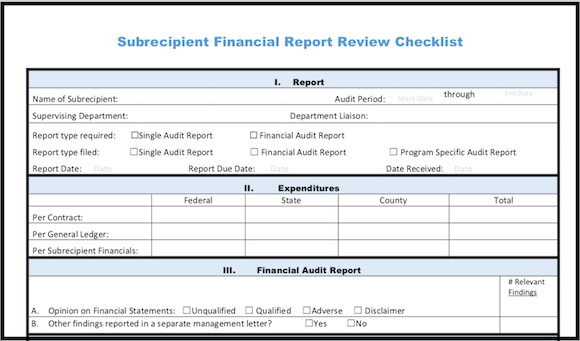|
The pollution remediation costs your government must report in its annual financial statements may dramatically increase as a result of the Governmental Accounting Standards Board Statement No. 49, “Accounting and Financial Reporting for Pollution Remediation Obligations” (GASB 49). This four-part series will cover the requirements, potential liabilities and suggested operations that will help you implement these changes.
Read Part 1 & Part 2 if you missed them. Below, in part 3, we'll show you simple estimation calculations that will help determine your liability. Estimating Pollution Remediation Liability
When an obligating event has occurred, the work team must determine the amount to record as a liability. Such amount accrued will be determined as the range of components of the liability becomes estimable. If the range of costs for some or all components can be estimated, the work team must estimate the current value of outlays using the expected cashflow technique as described in this post.
If the range of the components is not reasonably estimable, no liability need be recorded at this time. The work team must record the liability for additional components as they become estimable, using recognition benchmarks as triggers for when the liability should be re-estimated. The expected cashflow technique measures the sum of the probability-weighted amounts in a range of estimated amounts. Upon receiving notification by the state that your government is responsible for remediating certain toxic substances at a landfill (an obligating event), for example, the government’s environmental engineer estimates that outlays to conduct a site assessment and corrective measures feasibility study will range from $50,000 to $100,000, with all amounts in this range considered to be equally likely. The liability for this component will be $75,000 ([$50,000 + $100,000] / 2). Under prior accounting standards, the lower end of the range ($50,000) would have been accrued for this component. Outlays to clean the site could range from $100,000 to $2 million to remediate. If there is no amount within that range that is more likely than another, the liability for this component will be $1,050,000 ([$2 million + $100,000] / 2). Under prior accounting standards, the lower end of the range ($100,000) would have been accrued for this component. As another example, upon being named as a potentially responsible party by a regulator (an obligating event), your only knowledge of the remediation costs is that there is a 5 percent chance that remediation costs will total $1 million and a 95 percent chance that there will be no costs. The liability to be recorded under GASB 49 is $50,000 (5 percent × $1 million). Under prior accounting standards, no liability would have been recorded because it would not have been considered to be “probable.” Remediation work expected to be performed for other parties must be included in the estimated liability. Remediation obligations must not include pollution prevention or pollution control costs (treating effluent, installing smokestack scrubbers), fines, penalties, workplace safety outlays, and litigation support involving potential recoveries. Indirect costs such as overhead can be included if desired. The estimated pollution remediation liability is reduced by any amounts expected to be received from insurance recoveries or from other responsible parties. The government’s legal department is likely the best source for determining anticipated recoveries. Under limited circumstances, remediation costs can be capitalized. Specifically, such costs can be capitalized to prepare property in anticipation of a sale, to prepare property for use when it was acquired with known or suspected pollution that was expected to be remediated, or to acquire assets that have a future alternative use. In the next post, part 4 of this series we'll cover policy and reporting issues. For help implementing any of the controls discussed in this series, or if you'd like further help in estimating your pollution remediation liability, please contact me directly via email: kharper@kevinharpercpa.com For continued tips on how to successfully deal with these controls and more, subscribe here to our newsletter (we will never spam you – promise!).
Comments
|
The Government Finance and Accounting BlogYour source for government finance insights, resources, and tools.
SEARCH BLOG:
Meet the AuthorKevin W. Harper is a certified public accountant in California. He has decades of audit and consulting experience, entirely in service to local governments. He is committed to helping government entities improve their internal operations and controls. List of free Tools & Resources
Click here to see our full list of resources (templates, checklists, Excel tools & more) – free for your agency to use. Blog Categories
All
Need a Consultation?Stay in Touch! |
Search Across Entire Site:
HELPFUL LINKS:
|
461 2nd Street, #302
San Francisco, CA 94107 (510) 593-5037 KHarper@kevinharpercpa.com |



 RSS Feed
RSS Feed